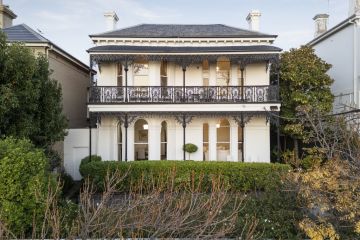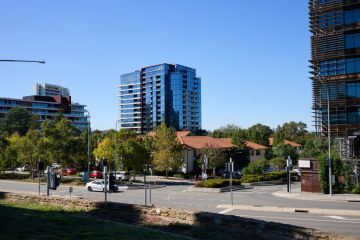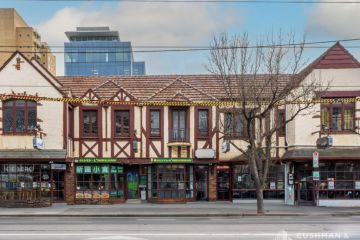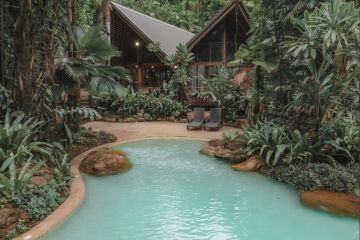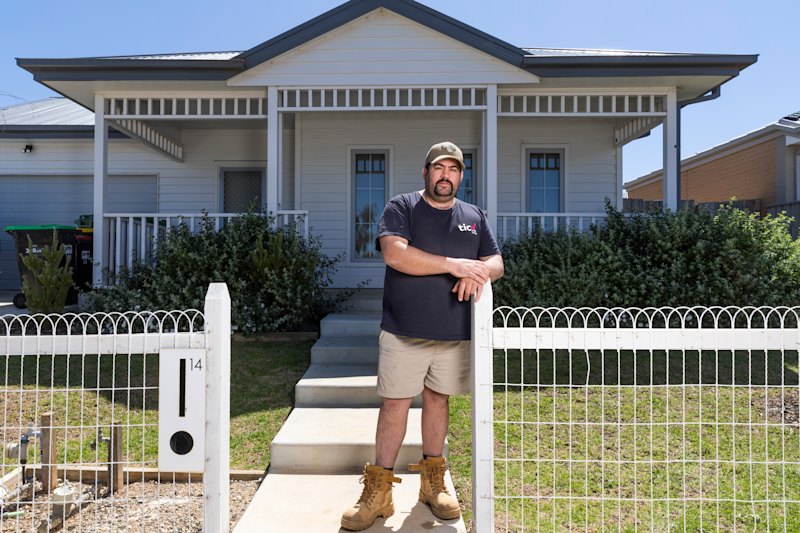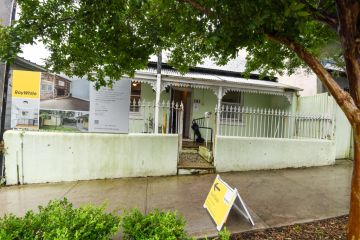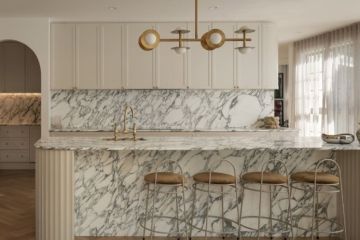Architecture firms offer fee reductions and pay-as-you-go options to stay in business
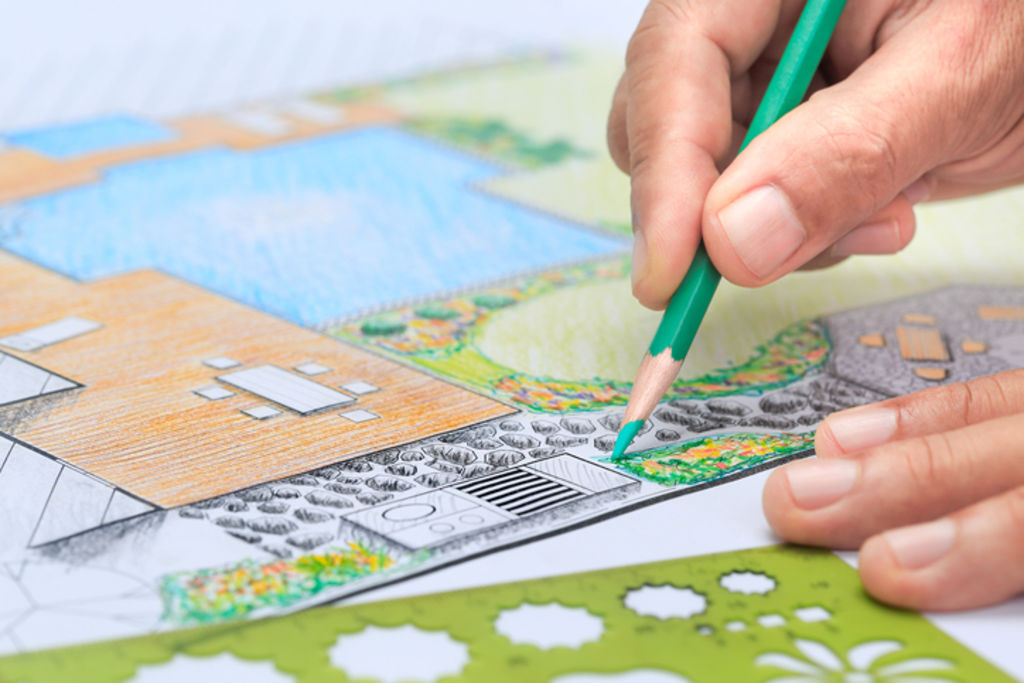
A recent review into the effects of the COVID-19 shutdown on Australian architectural studios revealed that by the end of March, most of the 777 surveyed practices had taken a collective $5 billion haircut in cancelled or suspended projects.
And yet, as they work from home, reduce staff hours and, in some instances, offer fee reductions or stage a pay-as-you-go process, the profession is flagging that it is more than capable of doing design business in a virtual space.
Indeed, some studios are endorsing the idea “that now is a good time for potential clients to begin work on new projects”. So says Peter Ahern of the Manly studio Buck & Simple.
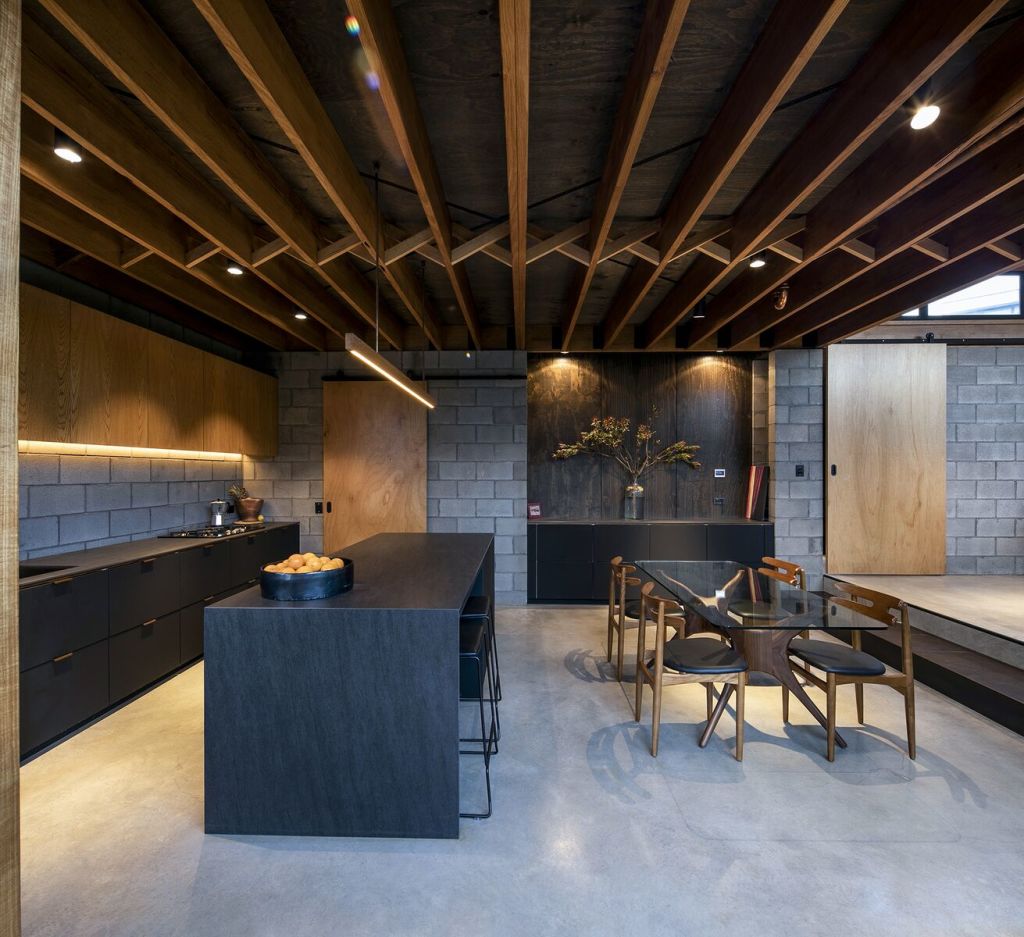
Like many Australian design companies, some of which create and coordinate major international buildings from Australian offices, this six-person NSW practice has plenty of experience working remotely.
With recent projects as far flung as a new house on Victoria’s Surf Coast, and a 19-unit complex at South West Rocks, 450 kilometres north of Sydney – “projects we can’t get to every second day” – Buck & Simple are used to managing client meetings and day-to-day contractor workflows by phone, text, FaceTime and Zoom.
They amend and issue drawings as electronic PDFs – “we don’t often send paper plans these days” – and solve site issues or detailing queries with builders on smartphones.
“A builder will point a phone to something they’re having problems with and say: ‘Is this right?’ This has been our process for years,” Ahern says.
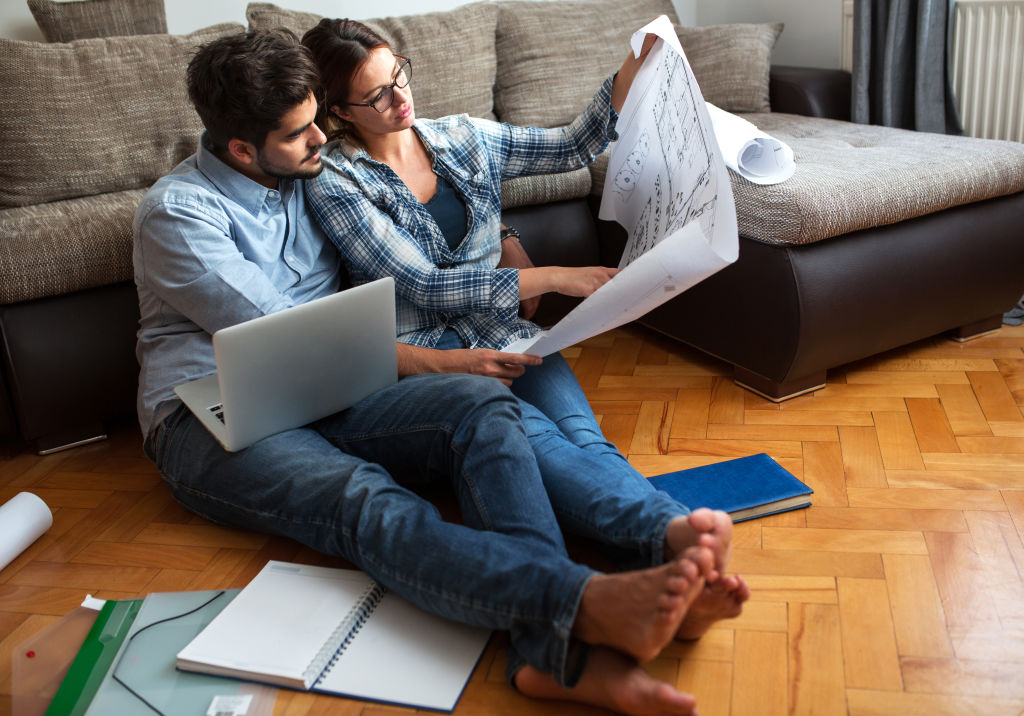
Working with a contractor he knew and trusted, studio co-director Kurt Crisp first assessed “a pile of dirt” on a new Torquay subdivision via Skype; had frequent video conferences and calls with the clients and contractors, and has delivered a handsome and spatially flexible holiday home with the highly crafted character common to the studio’s work.
In late February, and with several projects deferred or stalled because, Ahern says, “clients were unsure of what might happen [due to coronavirus]”, the practice sent staff home to work and went into survival mode.
Employees agreed to operate a four-day week “and take a 20 per cent pay cut on the studio’s biggest expenditure, staff wages,” Ahern says.
While the directors have been surprised that other constructions – one a multi-residential build – opted to push on, Buck & Simple have further contingencies under consideration. “We may have to drop another staff day.”
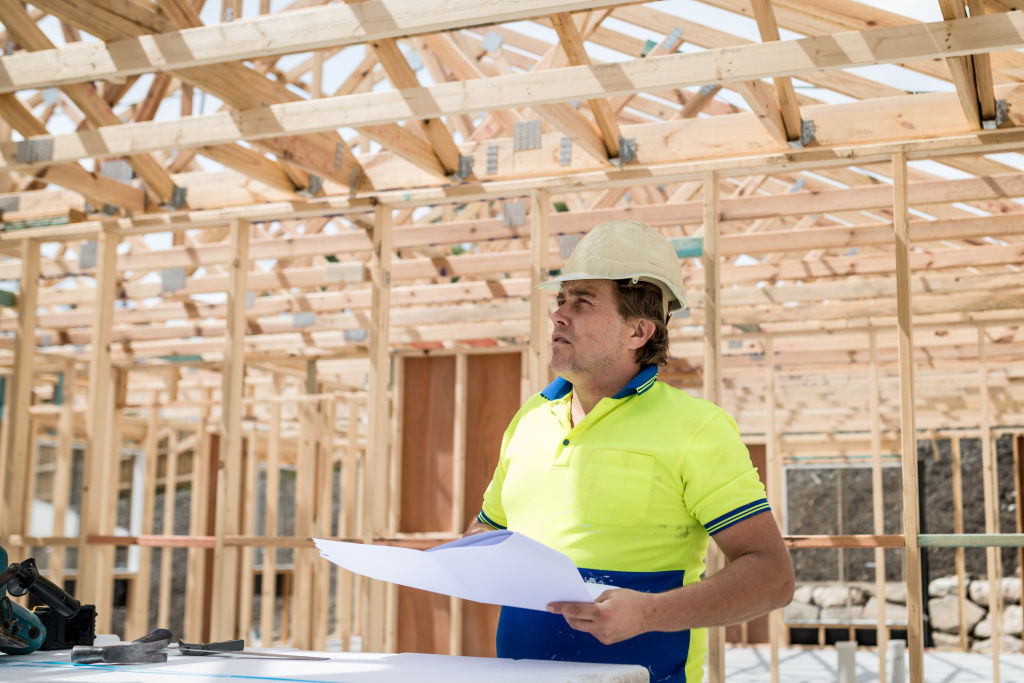
Another tactic in play is to offer potential clients a 15 to 20 per cent discount on their usual fees. “What we’re trying to do is tighten expenditure, not focus on profit margins, and weather the storm because we don’t know how long it will last,” Ahern says.
“We want to keep our doors open and our staff working”.
Buck & Simple believe that now “is a good time to begin projects and get approvals to be ready to go in six months”.
Ahern says another sweetener is “a whole bunch of pricing and payment terms – even delayed payments or monthly instalments”.
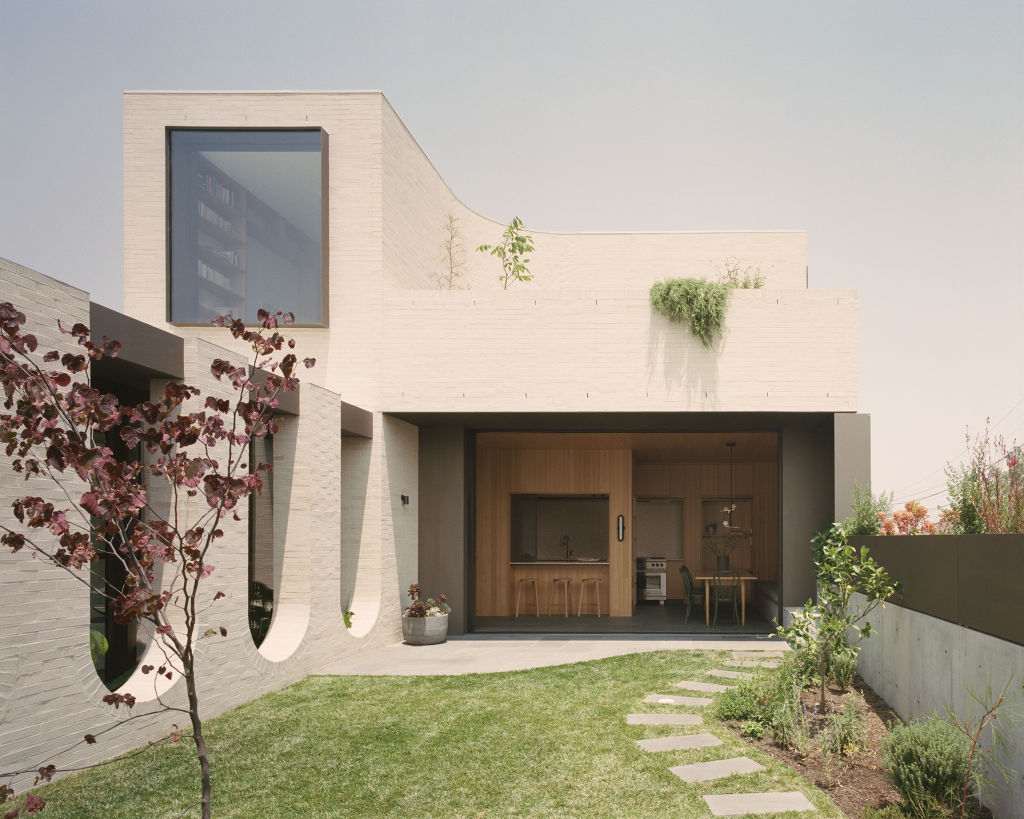
The point of the rapid adaptations and the “we’re still in operation” messages so many Australian practices are signalling on their websites and monthly newsletters, is so they’ll be around, as Crisp says, “for when the market returns”.
Despite most of the 14 staff and associates working away from their Kew office digs, Mel Bright, director of Melbourne’s Studio Bright, still has her team functioning full-time on a diverse range of projects in various stages of development. Only a couple of projects have been suspended, saying, “let’s not start”.
Bright acknowledges how hard builders are working in this climate, with some products in short supply, to bring projects to handover readiness.
“What will happen in the next six months, that’s the worry. Will we still get new work? How will we make the work we have last? I’ve spent years building this team and we’re doing everything we can to keep going.”
But, she says, small architecture practices usually work “on a tightrope anyway. You’re either stressed because you’re too busy, or stressed because you’re not busy enough.”
While survival is the immediate preoccupation for many firms, and even though Bright feels “that if this [slowdown] goes on for a long period, it could have a massive effect on what we all do”, she is also keen to seek out some positives.
“It would be lovely to see a GFC-type recovery, as happened when the government invested in schools and community projects. I wonder if we could consider what other infrastructure we need now? Maybe we can help with the bushfire rebuilds?
“Does this [interruption to normal business] allow us to really consider zero carbon emissions? And should we be pushing buying local a lot more? If, as we’re finding, [overseas made] products are not available, should we be specifying those products at all?
“Should we be supporting local makers and suppliers more?”
These are thoughtful questions in a time when most architectural businesses are attempting to hang tough and “just get through to the other side”.
We recommend
We thought you might like
States
Capital Cities
Capital Cities - Rentals
Popular Areas
Allhomes
More
